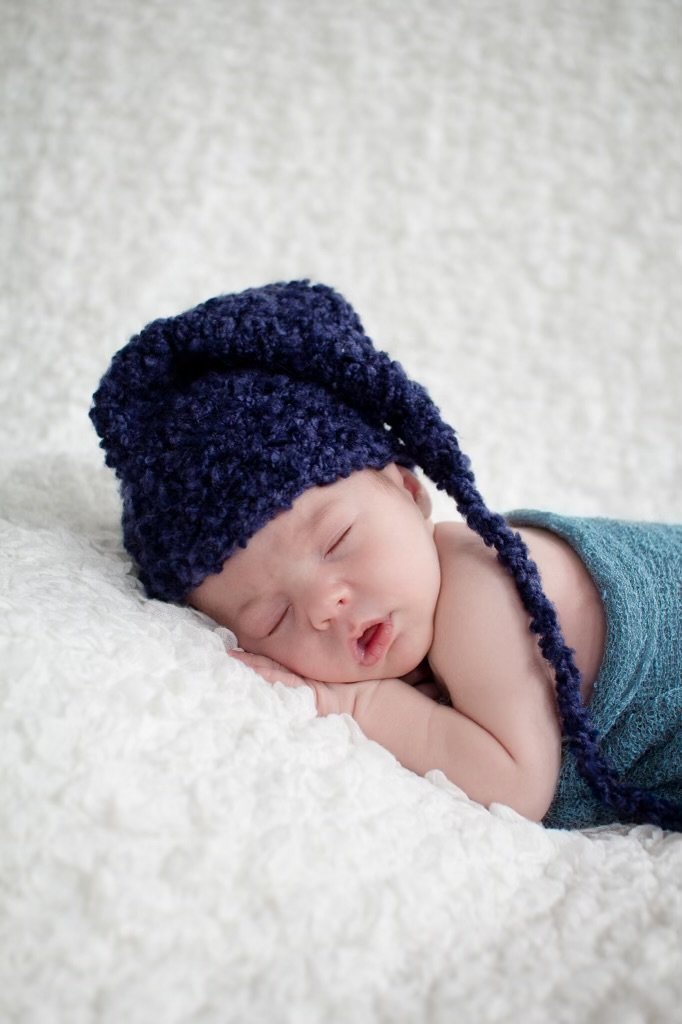“She’s going to be so clingy if you keep picking her up every time she cries.” “He needs to learn independence sometime.”
If you’re parenting a baby experiencing separation anxiety, you’ve likely heard some version of these well-meaning but misguided warnings. It is a popular belief that responding consistently to your baby’s distress when separated from you, including bedtime, creates unhealthy dependence. But what if the opposite is actually true?
The Surprising Link Between Attachment and Independence
Here’s what developmental science reveals: The more securely attached your baby is—meaning the more consistently their attachment needs are met—the more independent they become as they grow.
This isn’t wishful thinking or an excuse not to set boundaries. It’s actually supported by research showing that secure attachment in infancy predicts:
- Greater confidence in exploring new environments
- Stronger problem-solving abilities
- Better emotional regulation
- More positive peer relationships
- Higher resilience when facing challenges
In other words, by responding sensitively to your baby’s needs now, you’re not “spoiling” them, you’re building the secure foundation from which true independence will naturally emerge.
Why This Makes Developmental Sense
Remember that your baby’s brain isn’t fully developed. The frontal cortex and hippocampus—areas crucial for memory, emotional regulation, and understanding object permanence are still under construction.
By consistently returning and comforting your distressed child, you’re teaching them fundamental lessons: that they can rely on you and that their needs matter.
This isn’t creating dependence, it’s creating trust, the essential foundation for all future exploration and independence.
What Independence Actually Looks Like at Different Ages
6-12 months:
- Appropriate independence: Exploring toys while glancing back at you, tolerating brief separations when not overtired or hungry
12-18 months:
- Appropriate independence: Venturing further away before “checking in,” tolerating short separations with familiar caregivers
18-24 months:
- Appropriate independence: Understanding simple explanations about departures and returns, using transitional objects for comfort
2-3 years:
- Appropriate independence: Gradually increasing comfort with separations.
Some children may have more easy going temperaments and therefore seem to not struggle with separation, however, separation anxiety and emotional dysregulation are expected in babies and toddlers. It is developmentally normal and appropriate for children to have tantrums, be distressed when parents leave and need extra support/comfort during different stages of their lives or times of change.
Separation anxiety peaks at 9, 12, 18, and 24 months and will pass. One bittersweet day, your child will seem like they no longer need you and or seem to care whether you are there or not. This gradual development of independence isn’t something we need to force. It unfolds naturally when children feel secure enough in their attachments to venture outward.
Supporting Separation Anxiety Without Creating Dependence
Supporting your child through separation anxiety doesn’t mean you can never leave them or that you must sacrifice all personal boundaries. It simply means:
- Acknowledge their feelings: “I see you’re sad that I’m leaving. Those are big feelings.”
- Provide preparation and predictability: Clear goodbyes, explanations of when you’ll return, and consistent reunion rituals.
- Practice gradual separations: Start with brief separations with trusted caregivers in familiar environments.
- Use transitional objects: A special “lovey” that carries your scent can provide comfort during separations.
- Set necessary boundaries with empathy: “I hear that you want me to stay, but I need to go to work. Grandma will take good care of you until I come back after your nap.”
A Final Thought for the Exhausted Parent
On those days when separation anxiety has you touched-out and desperate for space, remember: Your child’s attachment to you isn’t a problem to solve, it’s biology working exactly as designed. Their clinginess isn’t manipulation or weakness; it’s a reflection of their complete trust in you as their safe space.
By responding to separation anxiety with understanding rather than frustration, you’re not just helping your child through a difficult phase, you’re laying the groundwork for the confident, independent person they’re gradually becoming.
The clingy baby of today, securely attached and confident in your return, becomes tomorrow’s independent explorer of the world.

